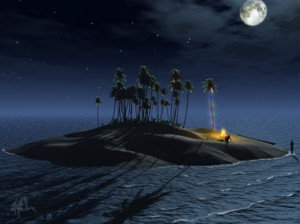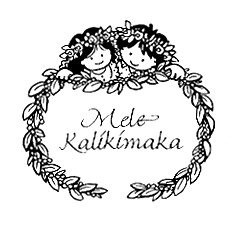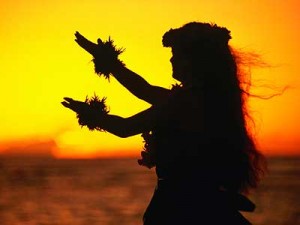Have a Mele Kalikimaka!
by Maesyn
These days our rich, tropical air is thick with salutations of “Mele Kalikimaka!”
If you have chosen to spend the holiday season on the sunny shores of Maui, chances are you’ve encountered the phrase.
With Christmas Eve a mere breath away, what could be more entertaining than having some Hawaiian holiday cultural trivia to share at your festivities? With the recent craze over books like “Davinci Code,” what could be more interesting than entomology? (Other than, maybe, who was on Dancing With the Stars last week?).
“Merry Christmas” translates to “Mele Kalikimaka!” in Hawaiian.
However, the Hawaiian language we know today was roughly pieced together by missionaries as an interpretation of the native tongue.
The Hawaiian alphabet is made up primarily of vowels: A, E, I, O, U (each with a short and long stress), and the seven consonants H, K, L, M, N, P, W. 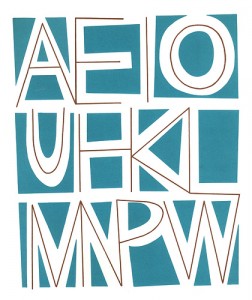
When the missionaries were creating a written language by which to document the Hawaiian’s oral history, they often had to create words to refer to foreign imported concepts and words.
In these circumstances, they replaced many of the rough-tongued European consonant sounds with Hawaii’s softer substitutes. 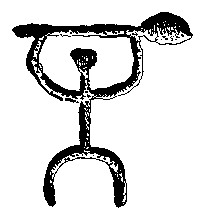
Instead of “Merry” we get “Mele” (there is no “r” in Hawaiian dialect, so the “l” substitutes).
Imagine the translators’ frustration when they tried to build a new “Hawaiian-ized” word for “Christmas”!? None of the letters or sounds in the word “Christ” even appear in the Hawaiian language.
“Christ” became “kaliki.”
“Mas” became “maka”
In native Hawaiian culture, their deity of peace, fertility and prosperity, was called Lono. She was also known as “Makahiki.” (Notice Kaliki in similarity to kahiki, and the inversion of “Maka”).
Makahiki’s festival took place between October and February, (during the Christmas season). During these months of celebration and rest, work and war were forbidden. The rest of the year, interestingly, belonged to Ku, god of war.
The missionaries played upon the pre-existing religious rites and Christianized them, changing the words to create a familiar sounding, warped version of the native Hawaiian’s wintertime celebration. Whether clever or conniving, this melting pot method of brainwashing pagan ways was a way of making the transition more subtle by kidnapping principles of Hawaii’s religion.
The word “maka” translates to “eye” in the Hawaiian language.
Interestingly, the word “Kalki” in Hindu refers to the tenth and final Maha Avatar (much like Christ) who was expected to return and end the present age of darkness and destruction.
Thus “Kalikimaka,” breaks down into “Kalki” “Maka.” When examined cross-culturally, it means “The eye of the Avatar of salvation”
Which is essentially what Christmas is all about. The celebration of life and giving. The opening of eyes and hearts that we might find salvation within the moments of our own lives.
What clever linguistic twists were used to intertwine the two religions in transitioning from Pagan to Christian.
Despite this dark shadow cast on the beautiful phrase, have hope! There is a lighter side.
“Mele Kalikimaka” was brought to worldwide awareness and the phrase was made famous by Bing Crosby’s hit song in 1950 with the Andrews Sisters.
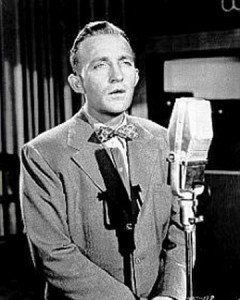
It offers “Here we know that Christmas will be green and bright, the sun to shine by day and all the stars at night.”
So look around. Enjoy Hawaii in all her holiday beauty.
May you find your Christmas serenity within a sunset or a majestic view.
Unfortunately, just like the corruption of the culture, hundreds of years ago, Hawaiian Christmas has also become an overstuffed materialistic joke.
Where once beautiful long haired Hawaiian women stood dancing the hula and chanting sacred prayers to the sea, now tourists welcome Santa’s arrival in an outrigger at Waikiki Beach.
Where once stars shone brightly from above, now tacky twinkling christmas lights line the streets. Don’t forget to look for the hundreds of imported Christmas trees, shipped fresh from the mainland for your island pleasure.
It just wouldn’t be Christmas without … a little civilized tackiness?
It seems the mainstream world will never cease to corrupt nature’s pure beauty with its “progress.” May you always see through the charade.
May we all come together this holiday season and celebrate what the original Hawaiian winter celebration stood for. And what Christmas originally stood for. Peace, harmony and goodwill towards all.
Perhaps goodwill even those pesky missionaries who corrupted the beauty of simplicity in the first place.
May you and yours have a Mele Kalikimaka!!!!



